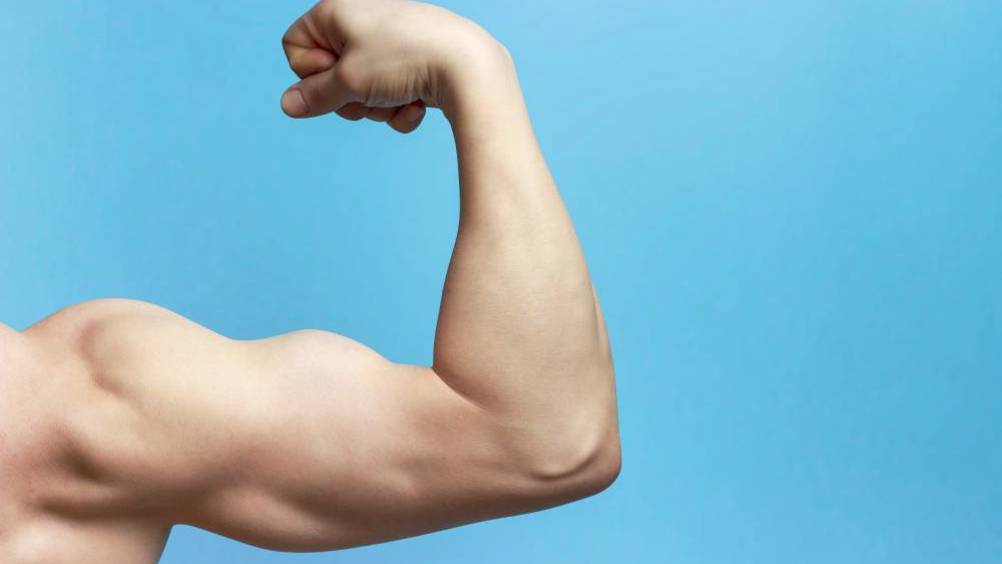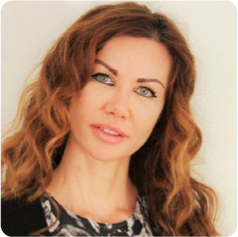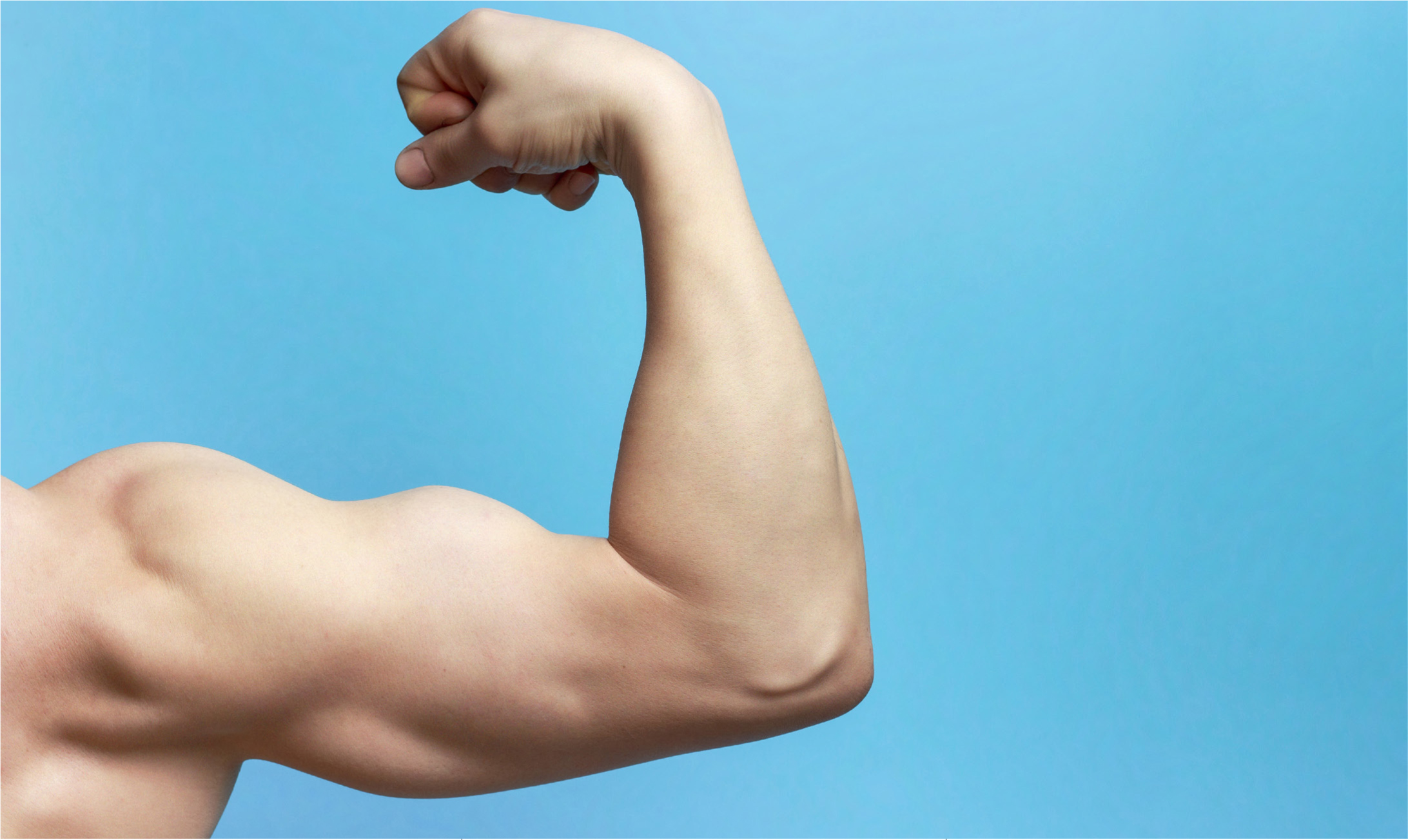References
Male body sculpting: an increasing trend in aesthetics and what it means for practitioners

Abstract
In the past, aesthetic treatments and procedures were considered a female-only domain. However, in recent years, men have increasingly sought out these treatments, and one trend that is on the rise is male body sculpting. Lucy Glancey discusses this procedure and the patient categories in cases where non-surgical treatments may not produce the desired results

 There is a rise in male patients seeking out more sculpted bodies
There is a rise in male patients seeking out more sculpted bodies
The combination of social medial obsession, online dating and lockdown has led to a rise in certain trends. One is the desire for more male patients to have more sculpted bodies. Lockdown has led to the so-called ‘Zoom boom’, where many people spend hours on Zoom calls and looking at their own faces. Being a live call, there is no airbrushing or photograph filtering option, so the ‘real’ us is seen on the screen. The same applies to online dating, which, during lockdown, had to stop, and most people on the dating scene relied on photographs alone to choose a potential partner. Men are less likely to airbrush and filter their photographs compared to women, and, therefore, there is a pressure to have to look good in photographs. Since the start of the pandemic, many people began to work from home, making this an ideal time for them to consider aesthetic treatments and surgery, as it was easier for them to recover from a treatment.
Register now to continue reading
Thank you for visiting Journal of Aesthetic Nurses and reading some of our peer-reviewed resources for aesthetic nurses. To read more, please register today. You’ll enjoy the following great benefits:
What's included
-
Limited access to clinical or professional articles
-
New content and clinical newsletter updates each month


